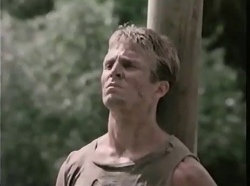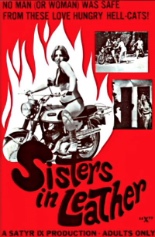
 Zoltan G. Spencer was nothing if not efficient. His softcore Sisters in Leather ends up running a curly hair over an hour, and the plot is set in motion before the opening credits. It helps, of course, that said plot is as twisty as a Popsicle stick. As white-bread, white-collar, whiny-ass Joe (utterly amateur Dick Osmun, A Sweet Sickness) marvels at the hottie he’s just picked up in his convertible before they mack their way toward third base, “I’ve heard of free love, and here it was, sitting in my car!”
Zoltan G. Spencer was nothing if not efficient. His softcore Sisters in Leather ends up running a curly hair over an hour, and the plot is set in motion before the opening credits. It helps, of course, that said plot is as twisty as a Popsicle stick. As white-bread, white-collar, whiny-ass Joe (utterly amateur Dick Osmun, A Sweet Sickness) marvels at the hottie he’s just picked up in his convertible before they mack their way toward third base, “I’ve heard of free love, and here it was, sitting in my car!”
Ah, but just as there’s no such thing as a free lunch, this supposedly “free” love comes at a price: $2,000, to be exact. That’s because the all-too-eager passenger, Dolly (Karen Thomas, The Secret Sex Lives of Romeo and Juliet), is underage, and their nude shenanigans have been photographed for blackmail. If he doesn’t cough up the dough, Dolly’s fellow girl bikers — aka the Sisters in Leather — threaten to send prints to his lovely, lonely wife, Mary (Kathy Williams, Love Camp 7).
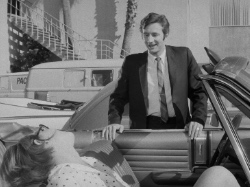 Anxious to find out more about these “hungry hellcats,” Joe spots the girls’ emblem on a male biker and follows him to a bar (where $1.50 would score you a “PICHTER” of beer, per the sign). What he should be doing instead is keeping an eye on the wife he ignores, because Dolly and her gang rat Joe out to Mary in an effort to “recruit” the square, suburban spouse into their lascivious lifestyle of lesbianism … and it works! At a rather unconventional ladies-only picnic, clothes become optional and the Sisters in Leather become the Sisters on Leather for a nude ride. I’m no biker, but I imagine that can’t be good on the seats.
Anxious to find out more about these “hungry hellcats,” Joe spots the girls’ emblem on a male biker and follows him to a bar (where $1.50 would score you a “PICHTER” of beer, per the sign). What he should be doing instead is keeping an eye on the wife he ignores, because Dolly and her gang rat Joe out to Mary in an effort to “recruit” the square, suburban spouse into their lascivious lifestyle of lesbianism … and it works! At a rather unconventional ladies-only picnic, clothes become optional and the Sisters in Leather become the Sisters on Leather for a nude ride. I’m no biker, but I imagine that can’t be good on the seats.
Sisters marks a step up from Spencer’s The Satanist the year before, in that this has recorded sound — all the better to hear Joe complain, “They have my wife and they’re doing a pretty good job of turning her into a dyke!” The moral to this shady, skinflint skin flick? Zoltan should be thankful Twitter didn’t exist in ’69. —Ed Donovan

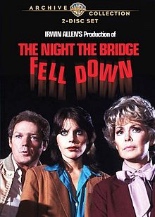
 Shot four years before it actually aired,
Shot four years before it actually aired, 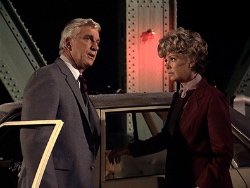
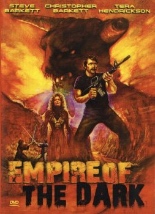
 Twenty years after beefy cop Richard Flynn (Steve Barkett,
Twenty years after beefy cop Richard Flynn (Steve Barkett, 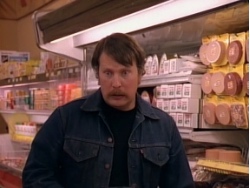
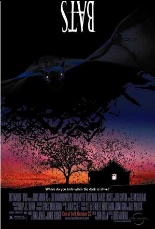

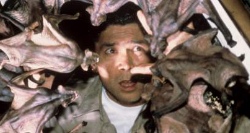
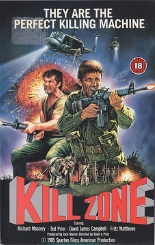
 Having burst into the straight-to-VHS scene with the 1983 shot-on-video “classick”
Having burst into the straight-to-VHS scene with the 1983 shot-on-video “classick” 